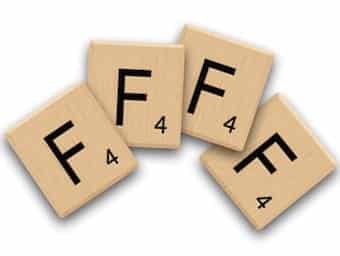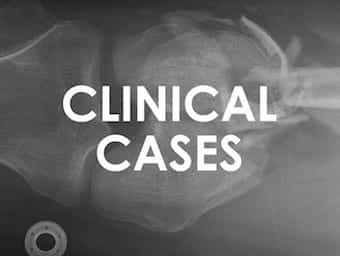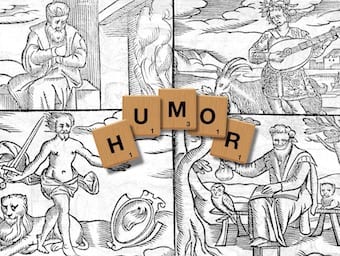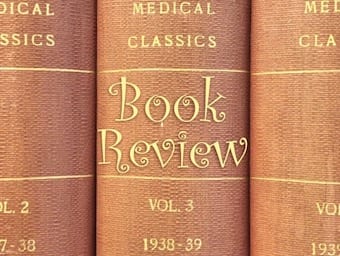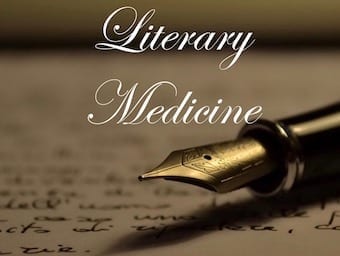
The Surgeon’s Warning
Robert Southey (1834-1899) wrote the original Goldilocks tale and was Britain’s Poet Laureate for over 30 years. “The Surgeon’s Warning” is his comically macabre poem that tells the tale of the last moments of a dying surgeon, who fears he…




